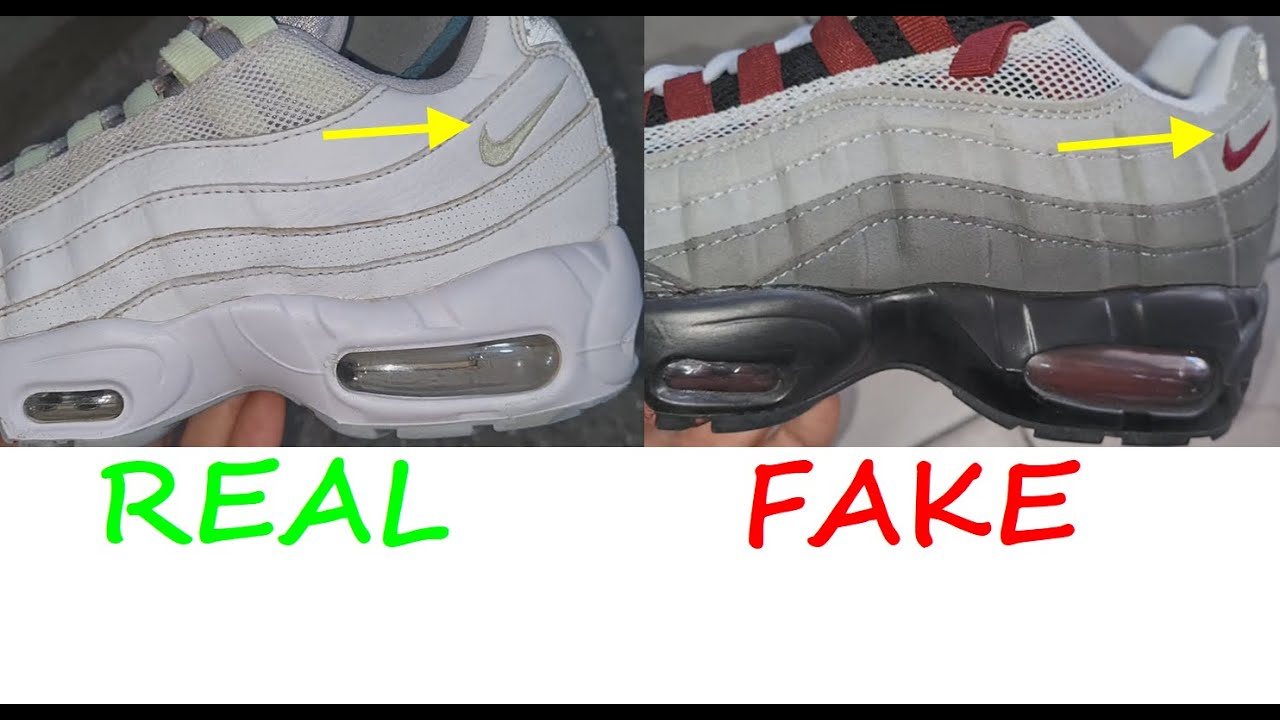Alright, so, I’ve been trying to get my hands on a pair of these Corteiz Nike Air Max 95s. They’re pretty hyped up, and I wanted to make sure I got a legit pair, not some knock-offs. I’ve heard some horror stories, you know? So I did my homework before I even thought about buying them.

First off, I started by looking up everything I could about how to spot fakes. It’s a jungle out there. I watched a bunch of videos and read through forums where sneakerheads were talking about what to look for. You gotta be careful, these fakes are getting better and better.
I learned that you gotta check the laces, for one. Real Corteiz have these high-quality, flat woven laces. They should be tight and even, with plastic tips that are sealed well. No loose threads or anything like that. I also made a note to look at the glue, especially around where the midsole meets the outsole. If it’s messy, that’s a red flag.
Then there’s the logo. On the tongue, it’s gotta be stitched on perfectly, or glued, printed, embroidered, whatever, but it’s gotta look clean. Also, the Nike Air logo on the heel. I learned you gotta check the position and size of that, make sure it’s not off-center or too big or small. The stitching around the heel logo is important too, gotta be neat.
- Check the laces: High-quality, flat woven, tight and even, with well-sealed plastic tips.
- Inspect the glue: Especially around the midsole and outsole, it should be neat, not messy.
- Examine the logos: On the tongue and heel, they should be perfectly stitched or printed, with correct positioning and size.
Digging Deeper
I even went as far as comparing the shoes to other Nikes I own. I wanted to see if the quality felt the same. If they felt cheap or plastic-y, that would’ve been a dead giveaway. The SKU number is another thing. It’s on the box and inside the shoes on the tags. It’s gotta match. If it doesn’t, you’ve probably got fakes.
And of course, the ultimate test, trying them on. Fake Nikes often have soles that feel off, kind of plastic-y, and they don’t have good traction. If they feel weird when you walk, that’s a bad sign.

So, after all this research, I finally found a pair online. I was nervous, but I went through my checklist. The seller seemed legit, they had good reviews. When the shoes arrived, I went over them with a fine-tooth comb. Laces, check. Glue, check. Logos, check. SKU, check. They felt good when I tried them on too. I’m pretty sure I got the real deal. It was a lot of work, but totally worth it to make sure I wasn’t getting scammed.
Man, it’s crazy how much effort you gotta put in to make sure you’re not getting ripped off. But hey, that’s the game these days. You gotta be smart, do your research, and know what to look for. It’s a bit of a pain, but it’s better than wasting your money on some cheap fakes, right?